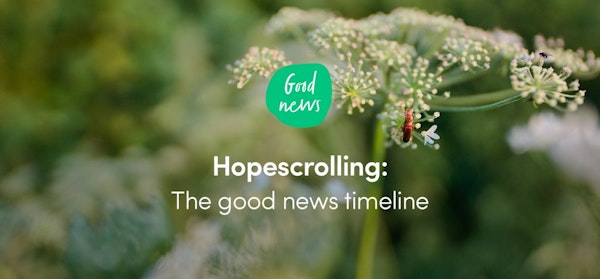What goals can businesses set in 2024 to get one step closer to net-zero?
Joshua Rayner
The difference between emissions reduction goals and science-based targets
| DIFFERENCES | EMISSIONS REDUCTION GOALS | SCIENCE-BASED TARGETS (SBTs) |
|---|---|---|
| Aiming at? | Inputs | Outcomes |
| SBTi Corporate Net-zero Standard alignment? | Not required, but complementary to the Standard | Required as part of the Standard |
| SMART alignment? | Do not have to be SMART (Specific, Measurable, Achievable, Realistic, Timely) | Are SMART (Specific, Measurable, Achievable, Realistic, Timely) |
| Qualitative or quantitative? | Can be either, but tend to be more qualitative | Quantitative |
| Scope coverage? | Don’t have be specific about covering scopes 1, 2 and 3 | Must cover Scopes 1, 2 and 3 |
| Verification? | Not necessarily explicitly tied to scientific benchmarks, global climate targets or verification. | Science-based targets undergo independent assessment to ensure they are consistent with the latest climate science. |
| Timelines? | Timelines tend to be shorter-term (under 5 years) because the objectives are smaller and easier to achieve. | Because of the 90% reduction in emissions across all 3 scopes, target setting usually involves setting near-term and long-term targets leading up to 2030, 2040 or 2050. |
| Ecologi platform? | Through the Ecologi Zero Platform. | Through Ecologi consultancy services. |






